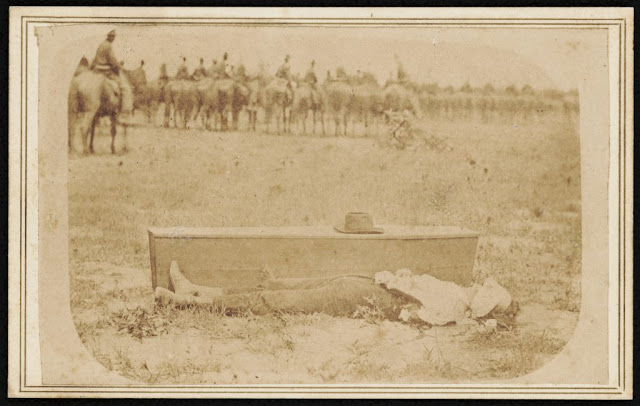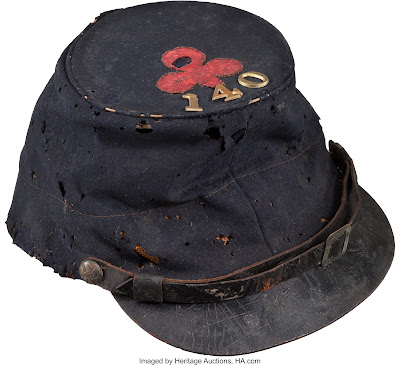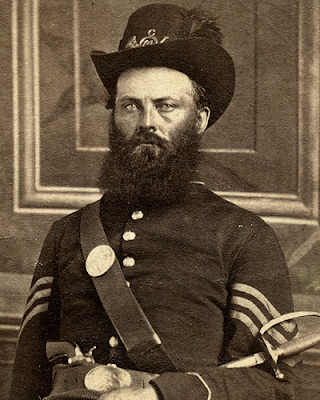We Glory in It: Outgunning the Rebs at Resaca

The pride in his regiment’s accomplishments at Resaca comes clearly through the pen of Captain Dennis H. Williams of the 43 rd Ohio. “In all these operations we are very well pleased with ourselves,” he wrote home shortly after the battle. “We are now resting for the first time since the 12 th , having been marching or fighting since that time without one entire night’s sleep or one full day’s rations. Still, we glory in it if we can but put down this unholy rebellion.” The 43 rd Ohio, as part of Colonel John W. Sprague’s brigade of the Fourth Division of the 16 th Army Corps, fought on the far right of the Union army, not far from the Oostanaula River, and took part in the 15 th Corps attack on the evening of May 14 th that pushed General James Cantey’s division back to a second line of works closer to the town of Resaca. Williams was pretty touchy about that affair, noting that his brigade was bro...








